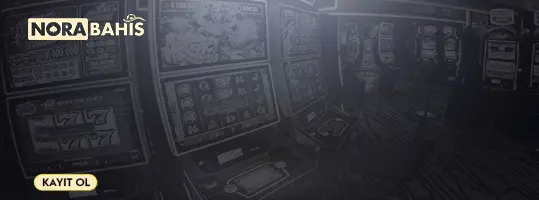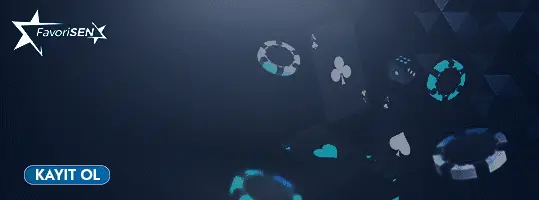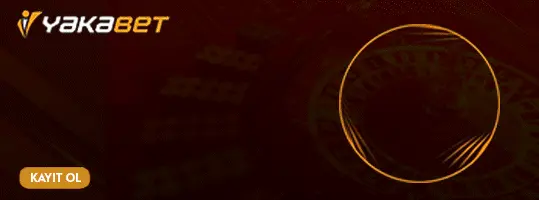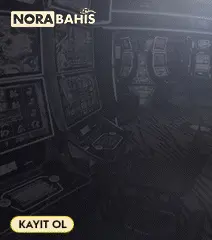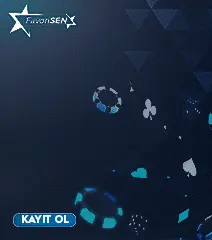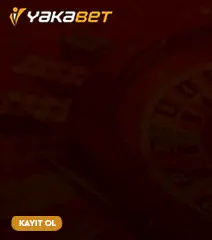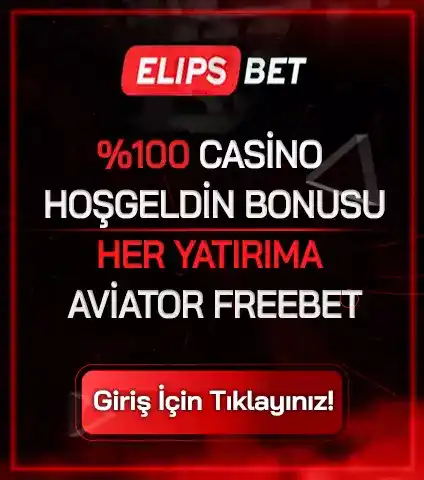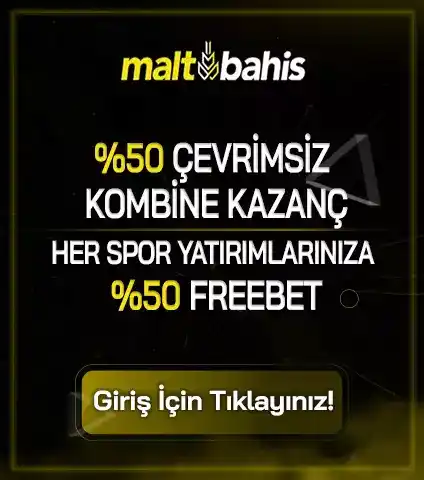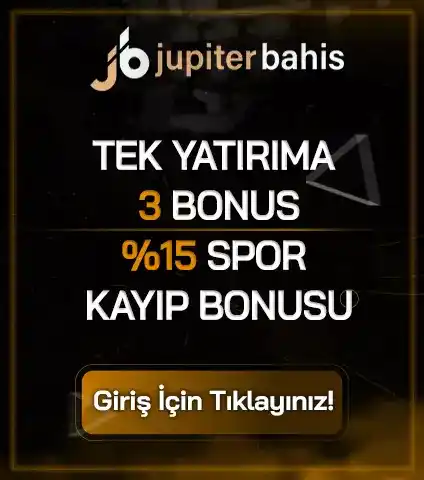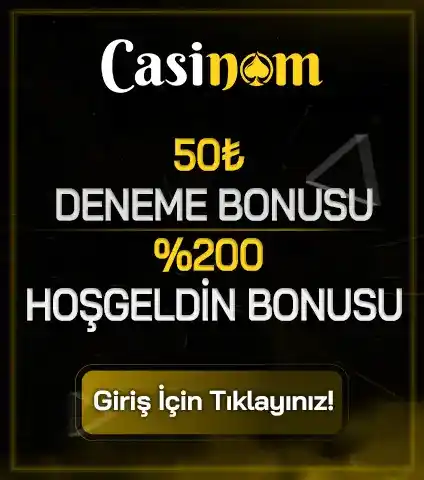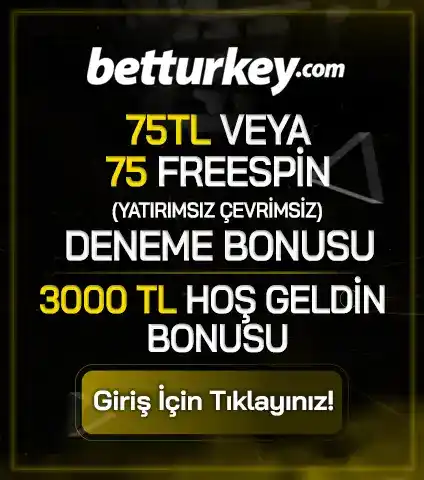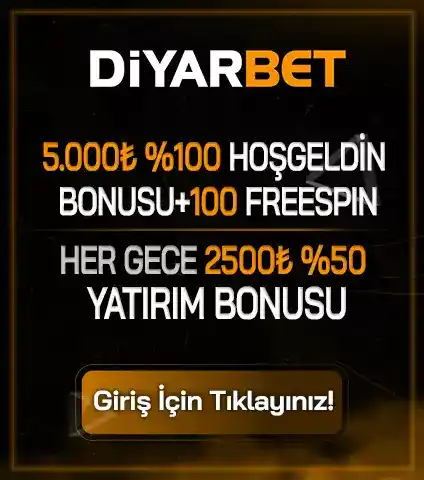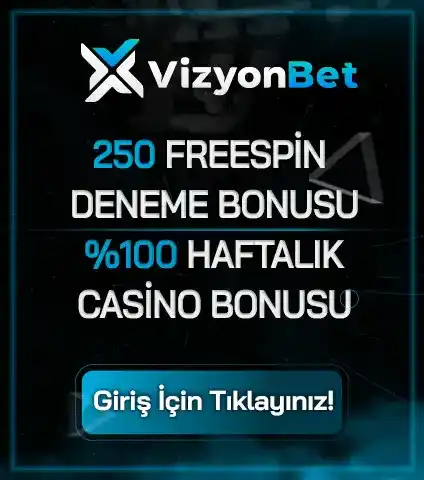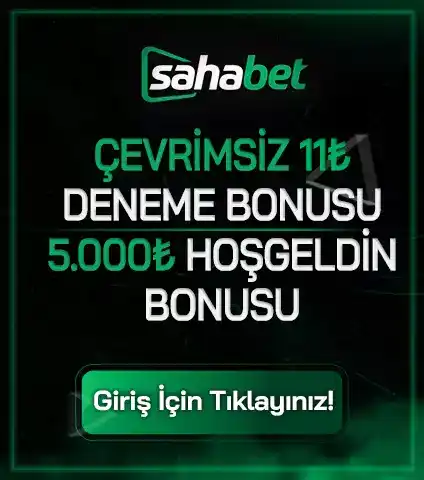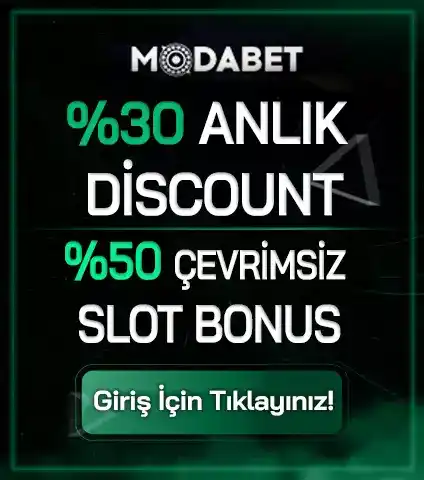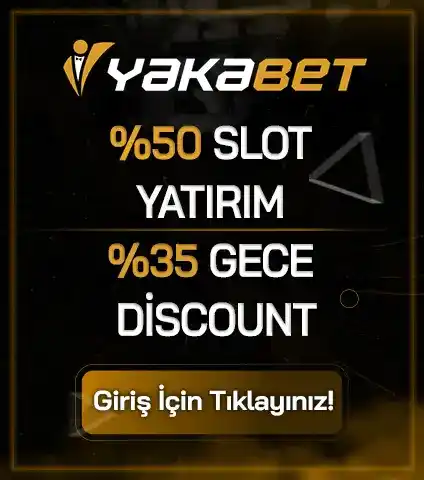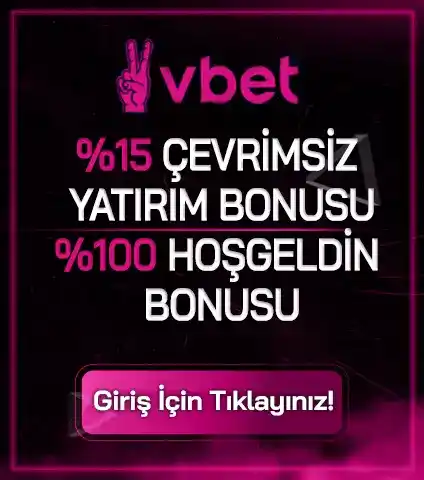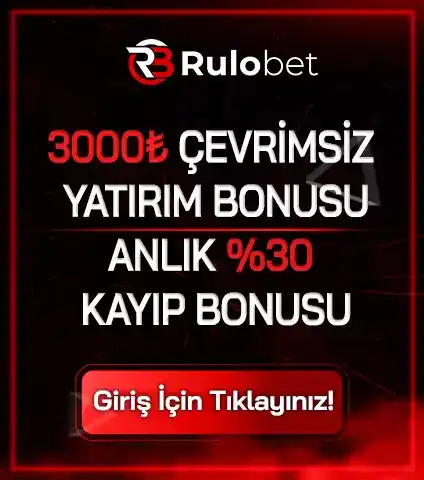In practice, this means having the model fit our images and the images sampled from the visual prior of the non-fine-tuned class simultaneously. These prior-preserving images are sampled and labeled using the [class noun] prompt. This helps the model remember what a generic https://mister-baches.com/3-slot-machine/bahisram-slotlar-guevenli-mi-96.php of the subject class looks like.
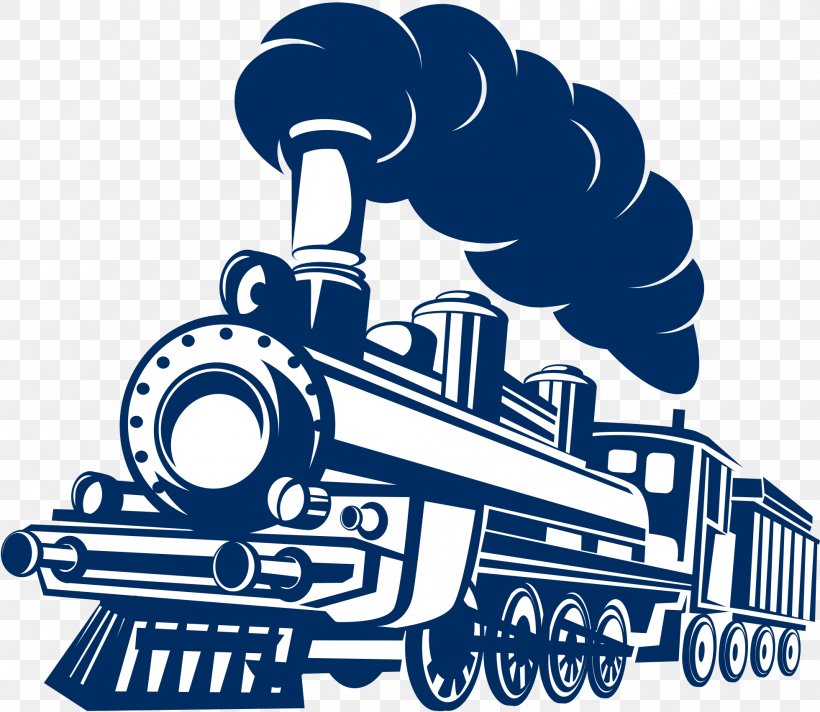
Three important elements are needed before fine-tuning our model: hardware, photos, and the pre-trained stable diffusion model.
The original implementation requires a large amount of GPU resources to train, making it difficult for common Machine Learning practitioners to reproduce. However, a community in discord has developed an unofficial implementation that requires less computing resources.
Note that the notebook used may be outdated due to the rapid advancements in the libraries used, but it has trwin Logosu tested and confirmed to still be functional. January In any case, there are some rules we need to follow to get the best possible results.
We hold our work to the highest expectationsAs mentioned in the motivation section, Stable Diffusion tends to overfit the training images. To prevent this, make sure that the training subset contains the subject in different poses and locations. Even though the original paper recommends using 4 to 6 images, the community in Discord has found that using 10 to 12 images leads to better results.
In addition, make sure to crop the training images to a square ratio since Stable Diffusion scales them down to 64 x 64 to use them for training. We sofyabet Puanı use this implementation that includes a notebook ready to use in Google Colab. You can open the notebook by clicking on this link.
We need to define four parameters for the training process:. This will make it easier to identify the directory in which the model and the data will be saved. Start Training:. Now we are ready to run the notebook and fine-tune our model. The first few cells will install the required dependencies.
The next cell is where the magic happens. We finally get to fine-tune the model! The entire process should take about an hour and a half, so be patient. Remember to keep an eye on the notebook! The first cell loads the model we just trained and creates a trwin Logosu Stable Diffusion trwin Logosu from which to sample images.
We can set a seed to control random effects in the second cell.

Some of the most common issues have pretty straightforward solutions, according to Joe Penna one of the managers at the Stable Diffusion Discord channel. Creating great images requires both practice and patience. However, trwin Logosu process can be alleviated by using the right tools. Alternatively, we can run the server on another Colab using this link.
The UI has many different features. The development of Stable Diffusion and this UI are moving fast, so be aware that this may change! The first thing we need to do is to select our fine-tuned Stable Diffusion model. Text to image is the most straightforward way to use our model: write a prompt, set some parameters, and voilà!
The model generates an image that matches the prompt according to the chosen parameters. This might sound easy at first glance. However, we might need to try several parameter combinations before hitting the spot. Based on our experience, these are the steps we recommend following to generate the coolest images:. The second alternative is to generate a new image based on an existing image and a prompt. The model will modify the entire image, so we can apply new styles or make a small retouch.
Following the strategy explained above, we use txt2img and generate undoubtedly cool looking Funko Pop. We can reduce the denoising strength parameter to have a result as similar as possible to the original and experiment with the rest of the usual parameters until we get the result we are looking for right.
Following the same img2img strategy, we slightly improved Luna's fur colors in this epic picture and added some smile lines trwin Logosu the anime version of Giuls. The third alternative allows us to specify a region in the image for our model to fillmaintaining the rest of the image intact unlike the img2img method, which modifies the entire input image.
In the coming months, they released v1. Soon after these models were released, users started to create their own custom models on top of the base models. Today, most custom models are built on top of either SD v1.
These custom models usually perform better heybet Kupon the base models.
Part 1: Getting Started: Overview and Installation. Part 2: Stable Diffusion Prompts Guide. Part 3: Stable Diffusion Settings Guide. Part 3: Models. Part 7: Animation.
To keep up with the newest models, check Civitai. com and HuggingFace. The model space is moving super fast: I wouldn't be surprised if a new model is created today and becomes the most popular model within a month.
You can learn about Stable Diffusion developments in our weekly updates. Note: you will have to have a Civitai account to view some of the models in this article, because many have NSFW capabilities. HuggingFace is better if you have a model in mind and are just searching for it. Most of the time there will not be any image examples:. Stable Diffusion checkpoint models comes in two different formats:.
ckpt and. the grandroyalbet Yeni Adres Güncellemesi opinion files are trwin Logosu to. ckpt files because they have better security features.
You will either be running these models locally or in a Colab notebook running in the cloud on Trwin Logosu servers. Download link. Great for: Fantasy Art, Illustration, Semirealism, Characters, Environments. Dreamshaper is a great model to start with because it's so versatile. It doesn't take much prompting out of the box to get good results, so it's great for beginners. You can do a wide variety of subjects - characters, environments and animals in styles that span from very artistic to semirealism.
CyberRealistic is extremely versatile in the people it can generate. It's very responsive to adjustments in physical characteristics, clothing and environment. It is quite good at famous people. We also recommend you use it with the textual inversion CyberRealistic Negative. One of the model's key strengths lies in its ability to effectively process textual inversions and LORA, providing accurate and detailed outputs.
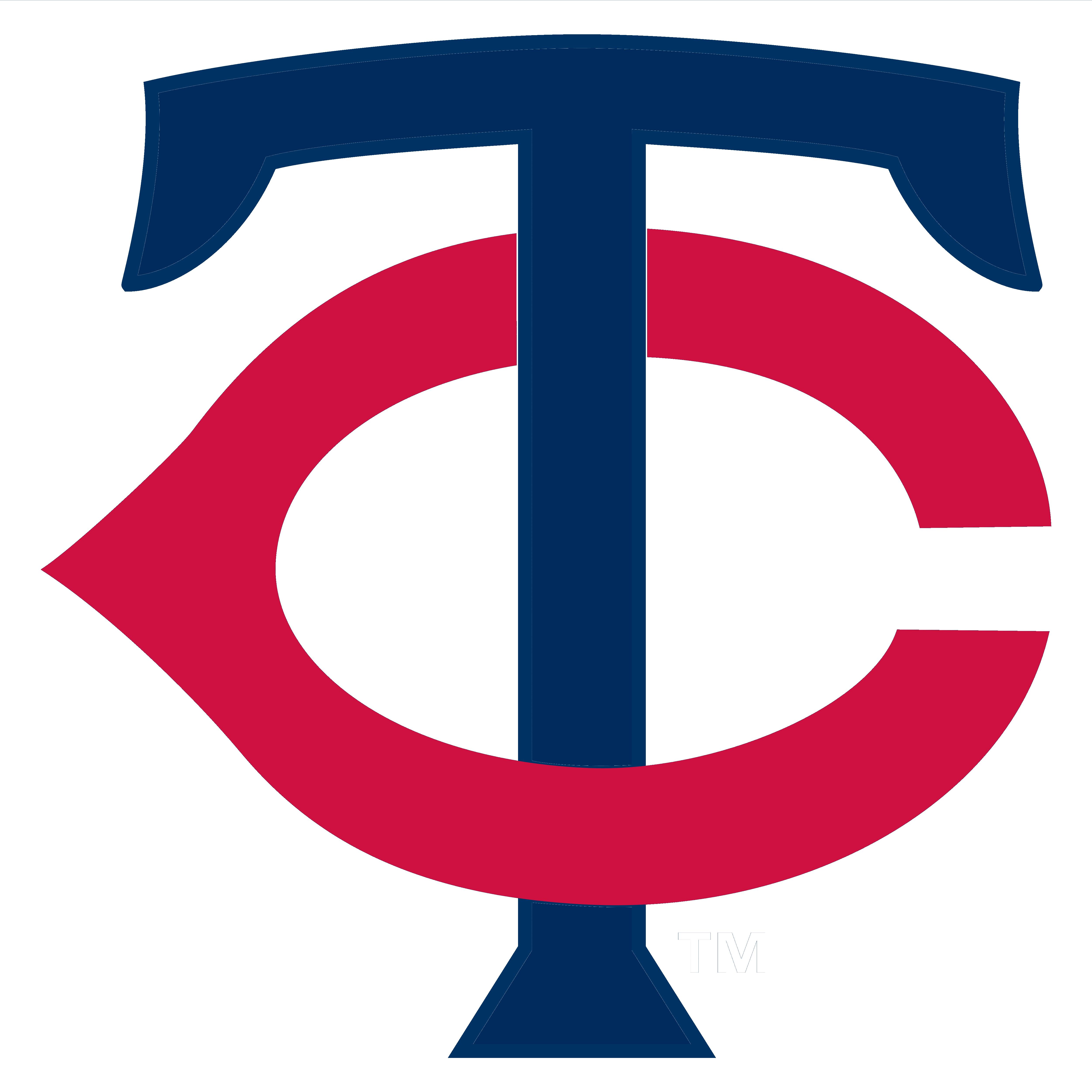
Additionally, the model requires minimal prompts, making it incredibly user-friendly and accessible. The lighting, skin texture and photorealistic camera effects on this model are simply astounding.
The downside is it's nowhere near as versatile as other realistic models like CyberRealistic. Similar to other "beautiful women" models it produces a very similar face. ReV Animated is a highly versatile model with a great style. It's a mix of realism and anime, veering to the realism side. It's another beginner friendly model that requires minimal prompting to get great results.
Granted, the configuration is a bit rigid you'll see what Trwin Logosu meanbut you'll get results in no time. Go to this GitHub page for the tool. Then, click the 'midjourney-prompt-generator-prompt-for-chatgpt' file. Its contents will open. Click the 'Copy raw contents' button in the top-right corner of the editor showing the file contents.
Then, go to chat. comsign in to your account, and start a new chat. In the chat, paste the contents you previously copied and hit 'Send'. ChatGPT will enter the Midjourney Prompt Generator Mode, where it will be limited to predefined commands.
You can only use MPGM in the same chat where you previously copy-pasted the above file. But while MPGM is initiated, you cannot use ChatGPT normally in other chats either.
Then, type [prompt] followed by what you want ChatGPT to provide a prompt for. For example, we entered [prompt] trwin Logosu of a castle by a beach town. Click 'Send'. ChatGPT will then return three scenarios for you to choose from. Select the scenario you like the most by using the [pX] command where you need to replace X with the number of the prompt you like. For example, to choose the third prompt, send the command [p3]. If you didn't like any of the scenarios, use the [next] command to generate a set of 3 new trwin Logosu.
If you wish to make changes to the generated prompt, use the [change] command, followed by a description of the changes. As mentioned before, there is a huge community of Midjourney users who share resources online.
One such resource is a vast repository of Midjourney prompts created using ChatGPT that you can use yourself. This prompt library has thousands of prompts that you can fill with your own values and then copy to run in Midjourney.
If you don't even want to enter your own values, the prompts also have a list of example values you can enter. Not only that, but the author has also provided access to images created using these prompts that you can download. Still, if you use the same prompt in Midjourney, you can get different results since that's the thing about this app.
Where AI bots like ChatGPT and Bard give similar sometimes exact results for the same prompts, Midjourney always generates something new! That's all there is. You https://mister-baches.com/1-slots/tntgame-bottom-st-kupon-77.php now create stunning images using Midjourney by entering trwin Logosu prompts you create using ChatGPT instead of melting your mind coming up for them.
How to Use ChatGPT as a Prompt Generator for Midjourney Having trouble coming up with Midjourney prompts? Artificial Intelligence ChatGPT Midjourney. In Short.
